If you’ve been keeping tabs on tech trends, you know that Agentic AI captured every tech executive’s attention in 2025.
But there’s another shift quietly reshaping the tech world, or more precisely, the $49.2B mobile app development market. And it’s starting to claim its own spotlight too. We’re talking about modern femtech solutions.
It makes perfect sense when you think about it. Women make up nearly half of the world’s population, yet for years, technology barely scratched the surface of their health needs. What once revolved around simple menstrual cycle tracking has now grown into AI-powered, personalized health tracking that helps women better understand their bodies every day.
So, if you’ve ever thought about building a female wellness app that truly meets modern user expectations, this blog is where you start.
But before we dive into the innovative features redefining this space, let’s take a quick look at the domain driving women’s health app development.
What Is Femtech, and Why Now Is the Best Time to Build a Women’s Health App?
Femtech, or female technology, has become one of the most influential areas of the digital healthcare industry. It covers products and services that use technology to improve every aspect of women’s health and wellness.
Seeing female healthcare finally get the spotlight it deserves feels long overdue. But it’s incredibly smart from a business point of view, too. Just look at what the numbers say:
- According to Grand View Research, the global femtech market was $39.29 billion in 2024 and is expected to grow at a CAGR of 16.37% from 2025 to 2030.
- A recently released Silicon Valley Bank report shows that, despite funding challenges, women’s healthcare investments still reached $2.6B in 2024.
- Women are more likely to want control over their health and make up 60% of fitness app users, according to the National Library of Medicine (2024).
So yes, the market is growing fast, and the demand is real. But before you rush into building, it’s worth asking, what do users actually expect from women’s health apps?
That’s where we’re heading next.
Table of Contents
What Do Users Expect from Women’s Health Apps in 2026?
Women who used health apps in 2015 don’t think the same way today. Expectations have evolved fast. No matter how strong your development team or branding is, if your app doesn’t meet what women truly need, it won’t last.
Here’s what users look for in modern-day women’s health applications:

- Design that feels warm, inclusive, and easy to trust.
- Access to a community that feels safe and supportive.
- Personalized insights that evolve with changing moods.
- A single space to track body, mind, and fitness together.
- Smooth connection with wearables for real-time tracking.
You’ve got a clear picture of what your potential users want, right?
Now, it’s time to see how you can stay ahead of the curve.
66% Of The Health Apps Are Abandoned Within 90 Days. Boost user retention by up to 45% with a user-centric female health app built with state-of-the-art features.
What Are The Top Features Every Modern Female Health Tracking App Must Have?
There are more than 311,000 health apps out there, yet only a handful manage to stay on a user’s home screen for long.
Why is it so?
Most apps stop at the basics like cycle tracking, mood logging, and reminders. But in 2026, that’s like trying to win a Formula 1 race with a bicycle. To truly stand out, your app needs to go beyond tracking and move into prediction, personalization, and connection.
Let’s walk through the advanced features that turn a regular tracker into a truly modern women’s digital health solution.

1. AI Cycle & Fertility Tracking
Today’s users expect more than just ticking off dates. Implementing AI in women’s health apps shifts your product from passive tracking to proactive prediction, giving women the clarity and confidence that traditional tools rarely deliver.
A study in Current Medical Research and Opinion found that most cycle-tracking apps were only 21% accurate at predicting ovulation.
See how much room there is for more intelligent systems?
By applying machine learning and predictive analytics, developers can train models that learn from real user data instead of static averages.
2. Predictive Health Insights
Prediction is where real innovation begins. Using AI-powered algorithms, your app can analyze health patterns in real time and surface early warnings or trends that women often miss.
When built with HIPAA-compliant data handling and FHIR-supported interoperability, these insights become both powerful and trustworthy. This transforms static data into intelligent insights that empower users to take charge of their well-being.
Key outcomes for your app:
- More intelligent engagement: Turn data into daily, actionable insights.
- Preventive support: Flag unusual cycle or symptom changes early.
- Deeper personalization: Adapt insights to each user’s unique patterns.
- Higher retention: Keep users invested through evolving health intelligence.
3. Advanced Pregnancy & Postpartum Monitoring
Expectant and new moms look for ongoing support. With the pregnancy-tracking and postpartum-care segment poised to grow at a 17.9% CAGR through 2030, this is a clear signal that women want more than basic tools.
Integrating live health analytics into your femtech app development process helps your app stay responsive to every stage of pregnancy and recovery.
How to deliver value:
- Adapt content based on the baby’s growth week by week.
- Offer reminders tied to physical, emotional, and sleep changes.
- Use real-time symptom tracking to monitor postpartum recovery trends.
4. Unified Wellness Dashboard
One in three women in the U.S. experiences major depression, as stated in the Journal of Affective Disorders. A holistic wellness dashboard that provides clear insights into women’s physical, emotional, and mental well-being is more important than ever.
By combining mobile app AI algorithms with predictive health monitoring, your dashboard can highlight patterns that actually matter and be more than just a mood-tracking app.
This is how it looks in practice:
- Send quick emotional and mental health check-ins.
- Highlight trends with clear data visualizations.
- Track mood and stress patterns in real time.
- Provide AI-driven personalized guidance.
5. Telehealth Consultations
When it comes to healthcare, accessibility is everything. Telemedicine integration allows users to connect directly with healthcare providers through the app, removing barriers and making care feel more immediate. To protect this trust, design every consultation flow with HIPAA-compliant mobile app development and secure health data privacy measures.
In fact, the global telehealth market is expected to hit $111.99 billion in 2025, showing how rapidly users are adopting digital-first healthcare solutions.
Ways your women’s health app can help:
- Quick access to expert guidance for specific concerns.
- Simple scheduling to reduce missed appointments.
- Prep prompts to get the most out of consultations.
- Continuous support that keeps users coming back.
6. Wearable Device Integration
Don’t limit your app to mobile phones. Your potential users want fitness, sleep, and cycle data to flow automatically, not be manually logged in. With more than 1 billion wearable devices in use worldwide, integrating wearables in health apps opens the door to a massive potential user base.
So how do you make all that data actually useful?
Connect your app with wearable device APIs and ensure data flow follows HIPAA and FHIR standards. This way, your biometric sensor technology turns raw numbers into clear, trustworthy insights.
As a result, you get a holistic women’s health platform that keeps engagement consistent, meaningful, and easy to maintain.
Final Takeaway
Building a female health app today goes beyond logging cycles or steps. Users want a platform that delivers clear fitness and reproductive health tracking, actionable health data insights, and a smooth experience shaped by strong UX design.
The features we explored, from predictive health insights to wearable integration in health apps, show how thoughtful development can turn your product into a daily companion women rely on.
If turning these ideas into a practical, reliable app feels challenging, collaborating with a team experienced in healthcare software development can make the process feel less daunting and more guided.
Frequently Asked Questions (FAQs)
2. How Much Does It Cost To Build A Female Health App?
Cost varies by complexity, feature set, and compliance needs. Basic apps (tracking + reminders) might start around $50K–$100K. More complex apps (including wearable integration, predictive analytics, and multi‑stage features) can typically cost $50K–$150K, depending on feature depth and compliance scope. Want to see how much your idea might cost? Use our mobile app development cost calculator to get an instant estimate.
3. Which Features Keep Users Coming Back To A Women’s Wellness App?
Apps that combine predictive insights with a smooth experience perform best. Features like AI-driven cycle tracking, symptom prediction, emotional well-being insights, and real-time data visualization turn a basic tracker into a smart wellness app. The goal is to deliver a personalized healthcare app experience that encourages daily engagement.
4. What Technologies Are Used To Build A Modern Female Health App?
While building a modern female health app, pick the right tools that make life easier for your users. Many femtech app development companies go with Flutter or React Native for smooth cross-platform apps, TensorFlow or PyTorch for AI-powered cycle and symptom predictions, and Apple HealthKit, Google Fit, or Fitbit SDK to pull in wearable data effectively.
The right mix of these technologies helps create a more innovative, responsive app that women can rely on every day for their health and wellness tracking.
Still Rely On Basic Tracking? Move beyond reminders and logs and into predictive insights, wearables, and user-first design that define modern femtech innovation.


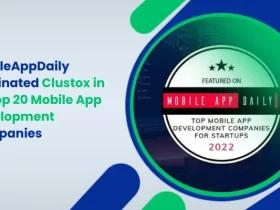
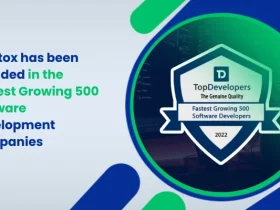
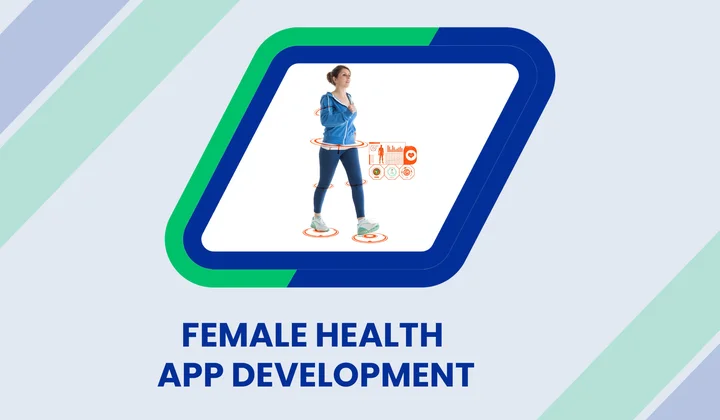
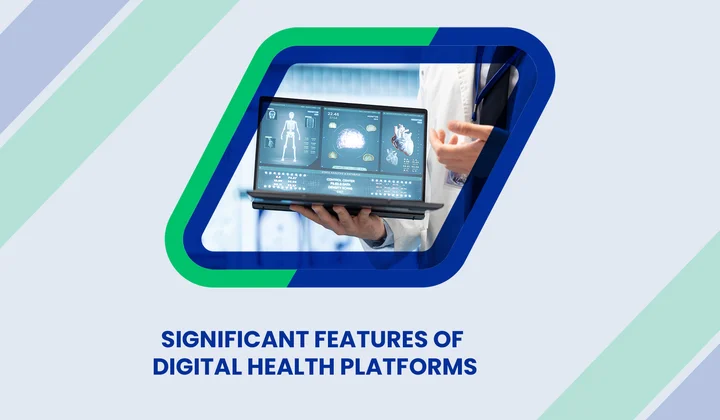
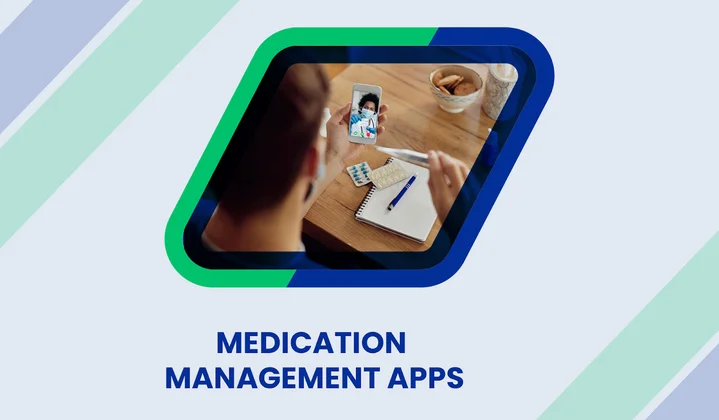
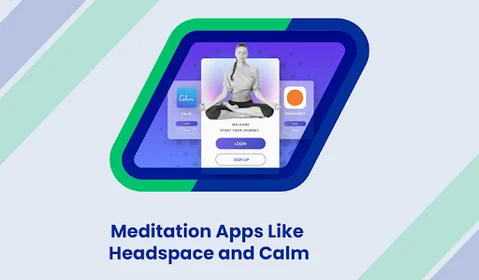
Share your thoughts about this blog!